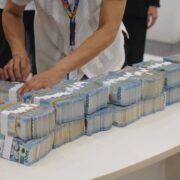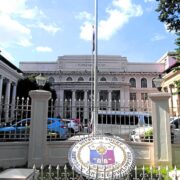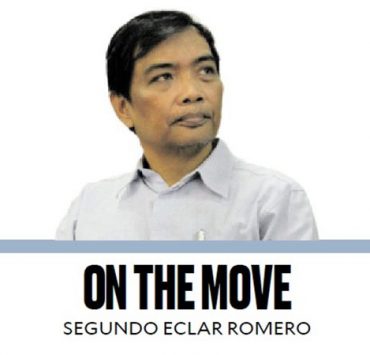Why interest rates are of interest

I’ve long asserted that to the ordinary Filipino, only three things about our economy are of interest: presyo or prices, measured by the inflation rate; trabaho or jobs, measured by the employment or unemployment rate; and kita or income, measured by the gross domestic product or GDP—spelling P-T-K or PiTiK. Surveys constantly affirm this. So in economic briefings that I’m frequently asked to give to various groups, I use my trademark “PiTiK test” to assess our economic performance. But there’s a fourth item my business audiences also ask about: interest rates. Why is it important, and how does it affect us? How is it determined in our economy? What internal and external factors influence it?
For those of us who save, interest rates measure how much earnings we get for the money we put in a bank deposit or other interest-earning investment assets, like government bonds, treasury bills, or corporate bonds. For those who are in debt, interest rates tell us how much more we must pay back when we borrow funds from a bank. The rates for the former are lower than for the latter, and that margin determines how much money the banks can make.
A country’s central bank, the Bangko Sentral ng Pilipinas (BSP) in our case, sets “policy rates” that in turn influence the rates applied by the banks. These rates are the interest rates at which commercial banks can borrow funds from (or “deposit” funds into) the BSP by selling (or buying from) them government bonds, and agreeing to repurchase (or resell) them the following day. These are known as the overnight repurchase or “repo” (or overnight reverse repo) rates (I explained this 10 years ago in “Repos 101: BSP’s balancing act,” 8/5/14). The higher the repo interest rate, the less attractive it is for banks to borrow money from BSP via this mechanism, and the less money that gets pumped into the economy. Higher interest rates slow down economic activity, which means a slowdown in jobs and income growth.
How exactly does such a slowdown happen? Higher interest rates dampen consumer spending as loans for housing, cars, and credit card purchases get more expensive. The housing market in the Philippines is notably sensitive to interest rates, as many Filipinos finance their homes with loans. Higher interest rates raise their mortgage payments, which reduce demand for housing, in turn slowing down construction. A slowdown in housing can ripple on to a variety of related industries beyond construction, including home furnishings and other consumer goods. But it is argued that this effect may not be as strong in our economy where many households rely on overseas workers’ remittances, which are less affected by interest rate movements.
The stronger effect is likely to be on the supply side, or in businesses themselves, for whom the cost of loans for expansion, equipment, or working capital rises with interest rates. Especially sensitive are key sectors like construction, manufacturing, and retail, which often rely on credit to fund expansion and operational needs, but various other industries also rely heavily on loans. Higher interest rates could also draw in foreign capital as overseas investors seek better returns on financial investments such as bonds or deposits in local banks. But these investments do not directly create jobs, and tend to be footloose (that’s why they’re also called “hot money”), although they also help strengthen the peso (keep the peso-dollar exchange rate down). But higher borrowing costs can still overshadow ultimate effects.
What makes the BSP raise or lower interest rates? Its primary mandate, defined by law, is to manage and minimize inflation—that is, keep prices stable—by managing the supply of money in circulation, with its policy interest rates as a tool (among several others). Even so, it must worry about jobs and incomes as well, and knows that having interest rates too high can slow or even choke the economy. But having them too low can lead to “overheating” and stoke inflation, so it finds itself in a perennial balancing act.
As it treads this tightrope, it must also watch external forces that could impinge on the value of the peso, including interest rate movements overseas, especially in the United States as managed by the Federal Reserve (Fed). We, along with many other economies strongly tied to the US economy, cannot have our interest rates deviate too far from US rates, as being much lower will drive dollars out of our economy and lower the value of our currency. That’s why moves by the US Fed are watched the world over. And that is why any new moves by returning President Donald Trump will be watched closely, because when the US economy sneezes, it is said that other economies like ours could catch a cold. And given Trump’s propensity for seemingly irrational moves, the US may be in for more than a sneeze.
—————–
cielito.habito@gmail.com


















